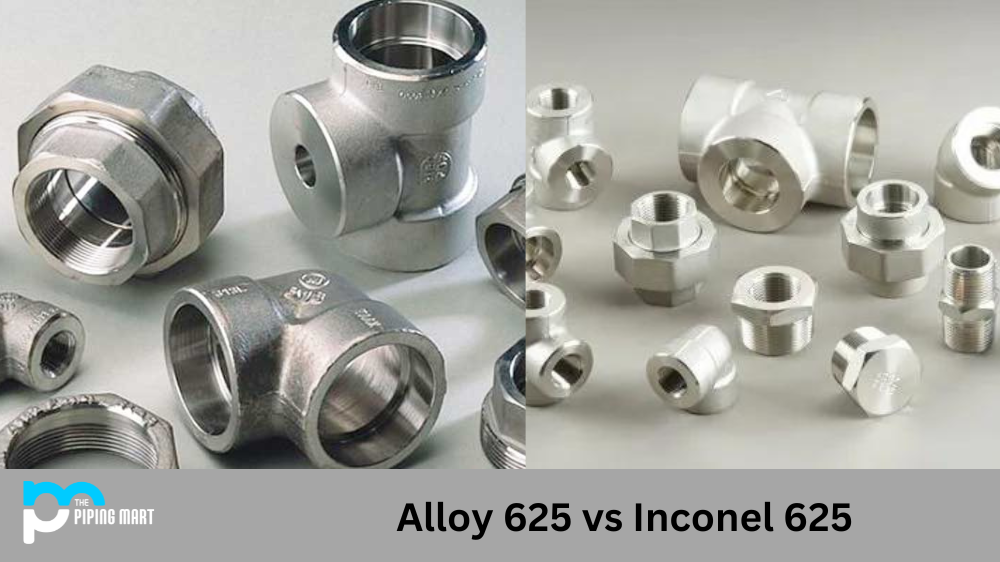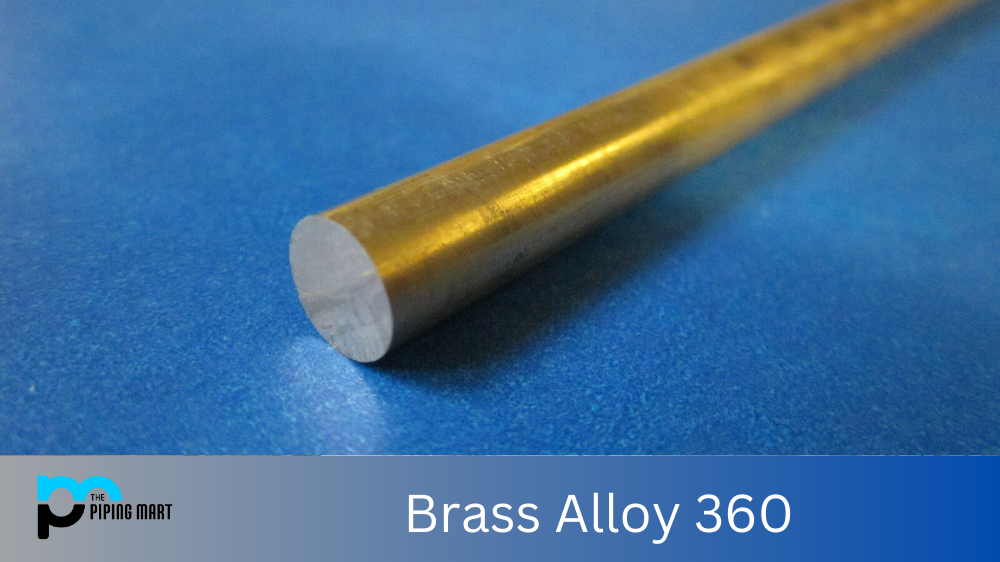Are you looking for a corrosion-resistant, high-strength alloy material for your next project? Consider either Alloy 625 or Inconel 625. These nickel-based alloys offer excellent strength and corrosion resistance in extreme temperatures. But how do the two stack up against one another? Let’s look at the key differences between Alloy 625 and Inconel 625.
Chemical Makeup:
The first difference between Alloy 625 and Inconel 625 is their chemical makeup. Alloy 625 is composed of 58% nickel, 22% chromium, 9% manganese, 5% iron, 3% molybdenum, 1.5% niobium, and 0.5% silicon. On the other hand, Inconel 625 includes 58% nickel, 20–23% chromium, 8–10% iron, 5–6.5% manganese, 3–5% molybdenum, and 1–3%. niobium and 0.4–0.7 silicon. While both alloys have similar compositions overall, there are slight variations in the amounts of certain elements present in each one that can make a big difference in performance in some applications.
Heat Resistance:
Heat resistance is another key factor when comparing Alloy 625 vs. Inconel 625. Both materials can handle temperatures up to 1120°C (2048°F), but beyond that point, they begin to differ significantly in terms of performance; while Alloy 625 can handle temperatures up to 1400°C (2550°F), Inconel 625 can handle temperatures up to 1500°C (2730°F). This makes Inconel slightly better suited for applications that require greater heat resistance than Alloy offers. Still, it also makes it more expensive due to its higher melting point and increased complexity of the production process needed compared to Alloy625, which helps reduce costs considerably during manufacturing processes.
Corrosion Resistance:
When it comes to corrosion resistance, both alloys offer excellent performance in harsh environments such as seawater or acidic chemicals, thanks mainly to their high levels of chromium content which helps protect them from oxidization at extremely high temperatures. However, when exposed to reducing acids such as hydrochloric acid or sulfuric acid, Inconel performs better than Alloy due to its slightly higher levels of Niobium which gives it added protection against pitting corrosion caused by these types of acids.
Conclusion:
Alloy625 and Inconel625 offer excellent strength and corrosion resistance at extreme temperatures making them ideal options for various industrial applications ranging from aerospace components to chemical plant equipment. Ultimately, deciding between the two will come down to your specific needs, including budget constraints, desired level of heat resistance, and the expected level of corrosive protection needed for a particular application. With this knowledge in hand, you should be able to confidently select the suitable material that fits your project’s requirements!

A passionate metal industry expert and blogger. With over 5 years of experience in the field, Palak brings a wealth of knowledge and insight to her writing. Whether discussing the latest trends in the metal industry or sharing tips, she is dedicated to helping others succeed in the metal industry.




